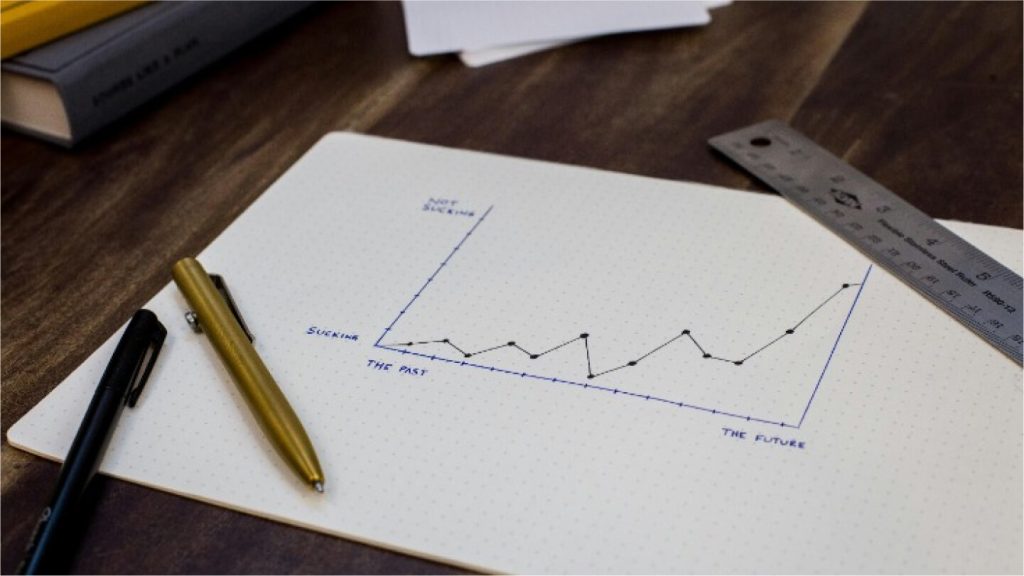Demystifying Technical Analysis: A Beginner’s Guide to Chart Patterns and Indicators
Technical analysis is a method used by traders to evaluate securities and make trading decisions by analyzing statistical trends gathered from trading activity, such as price movement and volume. Unlike fundamental analysis, which focuses on a company’s financials and market conditions, technical analysis looks purely at the market data. This approach can seem complex and intimidating to beginners, but understanding the basics of chart patterns and indicators can significantly enhance your trading strategy.
Understanding Chart Patterns
Chart patterns are formations created by the price movements of a security on a chart. These patterns help traders predict future price movements based on historical data. Here are a few common chart patterns every beginner should know:
- Head and Shoulders: This pattern indicates a reversal in the current trend. It consists of three peaks: a higher peak (the head) between two lower peaks (the shoulders). A head and shoulders top predicts a bearish reversal, while a head and shoulders bottom indicates a bullish reversal.
- Double Tops and Bottoms: These patterns signal a potential reversal in the trend. A double top forms after an uptrend and indicates a bearish reversal, characterized by two peaks at roughly the same price level. Conversely, a double bottom forms after a downtrend and signals a bullish reversal, characterized by two troughs at a similar price level.
- Triangles: Triangles are continuation patterns that show a pause in the current trend before it resumes. There are three types: ascending (bullish), descending (bearish), and symmetrical (neutral).
- Flags and Pennants: These short-term continuation patterns indicate a brief consolidation before the previous trend resumes. Flags are rectangular, while pennants are small symmetrical triangles.
Key Technical Indicators
Technical indicators are mathematical calculations based on the price, volume, or open interest of a security. They provide additional insights and help traders make informed decisions. Here are some essential indicators for beginners:
- Moving Averages (MA): Moving averages smooth out price data to identify trends. The two most common types are the simple moving average (SMA) and the exponential moving average (EMA). The SMA calculates the average price over a specific period, while the EMA gives more weight to recent prices, making it more responsive to new information.
- Relative Strength Index (RSI): RSI is a momentum oscillator that measures the speed and change of price movements. It ranges from 0 to 100, with values above 70 indicating overbought conditions and values below 30 indicating oversold conditions.
- Moving Average Convergence Divergence (MACD): MACD is a trend-following momentum indicator that shows the relationship between two moving averages of a security’s price. The MACD line is calculated by subtracting the 26-period EMA from the 12-period EMA, and the signal line is a 9-period EMA of the MACD line.
- Bollinger Bands: Bollinger Bands consist of a middle band (SMA) and two outer bands that are standard deviations away from the middle band. These bands expand and contract based on market volatility, helping traders identify overbought and oversold conditions.
- Stochastic Oscillator: This momentum indicator compares a security’s closing price to its price range over a specific period. It ranges from 0 to 100, with readings above 80 indicating overbought conditions and below 20 indicating oversold conditions.
Combining Patterns and Indicators
Successful technical analysis often involves combining chart patterns with technical indicators. For example, you might use moving averages to identify the overall trend and then look for specific chart patterns, such as head and shoulders or triangles, to time your entries and exits. Additionally, confirming signals from multiple indicators, like using RSI to verify an overbought condition indicated by Bollinger Bands, can improve the reliability of your trading decisions.
Developing a Strategy
As a beginner, it’s essential to develop a trading strategy that incorporates both chart patterns and technical indicators. Start by focusing on a few patterns and indicators, and gradually expand your knowledge and toolkit. Practice analyzing charts and making trades in a simulated environment before committing real capital.
Continuous Learning and Adaptation
The market is constantly evolving, and so should your technical analysis skills. Stay updated with new patterns, indicators, and techniques. Participate in trading communities, attend webinars, and read up on the latest research to continuously refine your approach.
In conclusion, demystifying technical analysis is about breaking down complex concepts into manageable parts. By understanding the basics of chart patterns and technical indicators, beginners can develop a solid foundation for making informed trading decisions. With practice and continuous learning, you can enhance your ability to analyze market trends and improve your trading outcomes.

